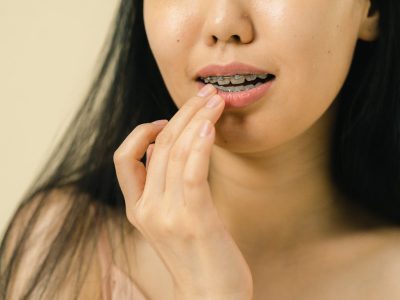Welcoming a new baby into the world is an incredible experience. As new parents, one of your top priorities is to ensure the safety and well-being of your little one. One essential item that should be on your checklist is a well-stocked first aid kit for your baby. Learn the importance of having a baby first aid kit tailored for little ones and how to make it as practical as possible.
Why Do You Need A First Aid Kit For Your Baby?

A baby is always prone to accidents, injuries, or other health scares. Even if one’s parents are vigilant, these hindrances creep up on a child. Accidents and minor health issues can happen unexpectedly, and it is best to be prepared for them. A properly equipped first aid kit for your baby is essential for handling common emergencies and providing immediate care. A baby first aid kit serves as a safety net, giving you peace of mind and the ability to respond effectively in times of need.
Essential Items For Your Baby’s First Aid Kit
The list provided includes essential items for a comprehensive medical kit. It ranges from general supplies like sterile gauze pads, adhesive bandages, and tweezers to more specific items like hydrocortisone cream and antibiotic ointment for wound care.
Essential monitoring tools include a digital thermometer and medications such as infant acetaminophen or ibuprofen. Personal hygiene and protection include baby-safe sunscreen, insect repellent, and alcohol-free hand sanitizer. Other essential additions are tools like nasal and oral syringes, rehydration solutions, and an emergency contacts list.
Organizing And Maintaining Your Baby’s First Aid Kit
To ensure that your baby’s first aid kit is readily accessible and easy to use, consider the following tips:
- Use a sturdy, waterproof container or bag to store the supplies.
- Clearly label each item for quick identification.
- Regularly check the kit for expired items and replenish as needed.
- Keep the kit out of reach of children but within easy reach of adults.
- Try storing the kit in a cool, dry place, away from direct sunlight.
Tips For Handling Common Baby Emergencies
Handling common baby emergencies requires knowledge beyond having a first aid kit. For everyday cuts and scrapes, clean the wound gently with soap and water, apply antibiotic ointments and a sterile bandage, but seek medical attention for deep or infected wounds.
In case of burns and scalds, distance your baby from the burn source, cool the affected area under running water, apply a sterile non-stick dressing, and seek medical attention for severe burns or developing blisters.
Fever and illness should be managed by monitoring the baby’s temperature, consulting the pediatrician for the right medication and dosage, and ensuring hydration and comfort. However, medical help should be sought if the fever persists or worsens. If a baby is choking, back blows and chest thrusts should be administered while conscious; if unconscious, CPR should be performed, and emergency services should be contacted immediately.
Severe allergic reactions, especially troubled breathing or facial swelling, should be treated as emergencies, with immediate contact with emergency services and medication administration like an epinephrine auto-injector.
Conclusion
A well-prepared baby first aid kit is essential to your parenting journey. It ensures you can respond promptly during emergencies or minor health issues. It is best to keep a first aid kit handy when situations like injuries, accidents, or other health issues strike. Regularly check and restock your supplies, stay informed about basic first aid techniques, and seek professional medical help when necessary. By doing so, you are taking proactive steps to ensure the safety and well-being of your precious little one.
Read Also:
















